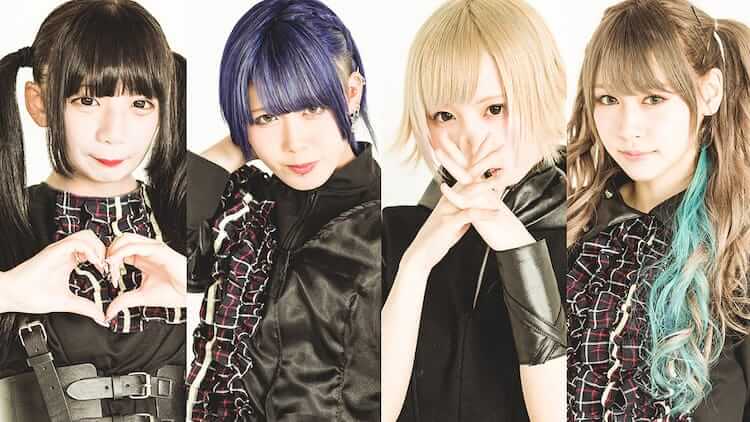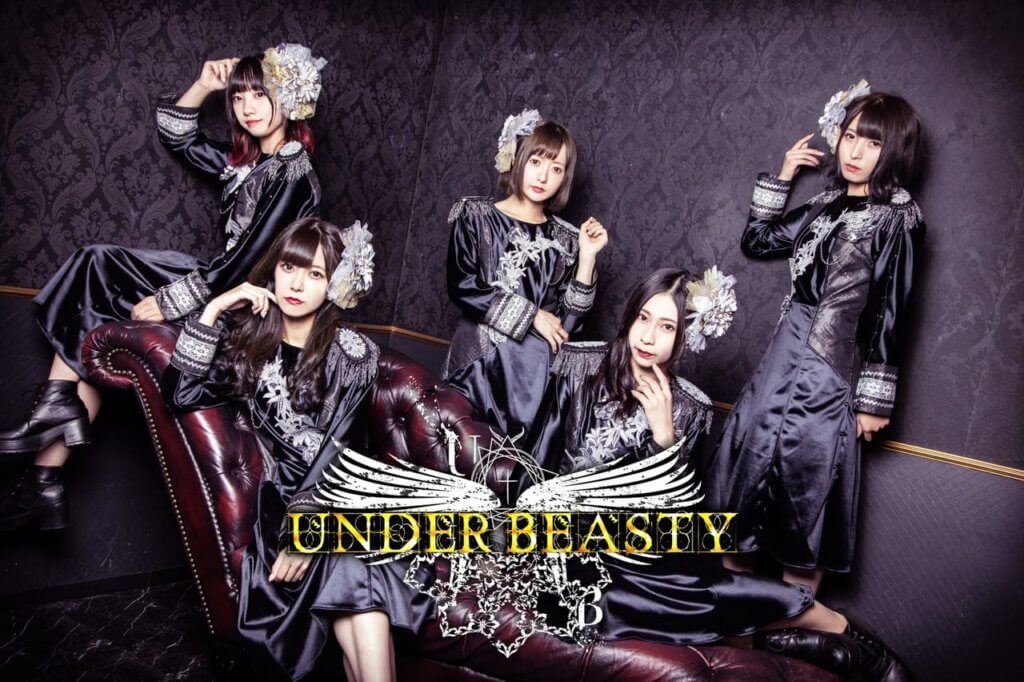Groups
Sakamichi Series: Nogizaka46 Sakurazaka46 Hinatazaka46
WACK Groups: BiSH
Japanese Idols News and Knowledge Base
Japanese Idols News and Knowledge Base

Japan has long been known for its distinctive pop culture, from anime and manga to fashion and technology. One of the most intriguing aspects of Japanese pop culture is the vibrant music scene, where idol groups and visual kei bands have captured the hearts of fans both in Japan and around the world. In this article, we will explore the fascinating connection between Japanese idol groups and visual kei culture, and how these seemingly different genres have come together to create a match made in J-Pop heaven.
First, let’s take a closer look at Japanese idol groups. Idol groups are a type of Japanese pop music that typically feature young, attractive singers who perform choreographed dances and sing upbeat, catchy songs. The members of idol groups are often chosen through auditions and training programs, and they are heavily promoted by their management companies. Fans are encouraged to support their favorite idols by attending concerts, buying merchandise, and participating in fan events. Some of the most popular idol groups in Japan include AKB48, Nogizaka46, and Morning Musume.
Visual kei, on the other hand, is a subgenre of Japanese rock music that emerged in the 1980s. Visual kei bands are known for their elaborate costumes, makeup, and hairstyles, as well as their theatrical performances that often include elements of dance, performance art, and even circus acts. Visual kei musicians often incorporate a wide range of musical styles into their music, including rock, metal, punk, and classical. Some of the most popular visual kei bands in Japan include X Japan, L’ArcenCiel, and The Gazette.
So, how do idol groups and visual kei come together? While at first glance, these genres may seem quite different, they share a number of similarities. Both idol groups and visual kei bands have a strong emphasis on performance and showmanship, and both have passionate and dedicated fan bases. In addition, many visual kei bands have collaborated with or been inspired by idol groups, and vice versa.

Perhaps the most significant connection between idol groups and visual kei, however, is their role in promoting Japanese culture and music on the global stage. In recent years, both idol groups and visual kei bands have gained popularity outside of Japan, with fans around the world embracing the unique sound and style of these genres. This has helped to showcase the diversity and creativity of Japanese pop culture, and has helped to boost the country’s music industry.
It is also worth noting that idol groups and visual kei bands have faced their share of controversy and criticism. Some have accused idol groups of promoting unrealistic and harmful beauty standards, while others have criticized visual kei for its often exaggerated and theatrical performances. However, despite these challenges, both genres have persisted and continued to evolve over the years, attracting new fans and pushing the boundaries of Japanese pop culture.
One of the most significant recent developments in the relationship between idol groups and visual kei is the emergence of “visual idol” groups. These groups combine the high-energy performances and catchy songs of idol groups with the elaborate costumes and makeup of visual kei bands, creating a unique and exciting new genre. Some examples of visual idol groups include BiSH, Dempagumi.inc, and NECRONOMIDOL.

In addition, the popularity of idol groups and visual kei has led to the development of related industries, including anime, manga, and fashion. Many idol groups and visual kei bands have provided music for anime series, while others have collaborated with fashion designers to create their distinctive looks. These collaborations have helped to create a truly unique and immersive pop culture experience for fans around the world.
Overall, the connection between Japanese idol groups and visual kei is a fascinating and ever-evolving one. While both genres may have their share of quirks and controversies, they are ultimately united by a shared passion for performance, showmanship, and creativity. Whether you are a fan of catchy pop tunes or theatrical rock performances, there is something for everyone in Japan’s vibrant music scene. So the next time you find yourself humming along to a J-Pop hit or admiring the elaborate costume of a visual kei band, remember that these two genres are not so different after all – and together, they are a match made in J-Pop heaven.